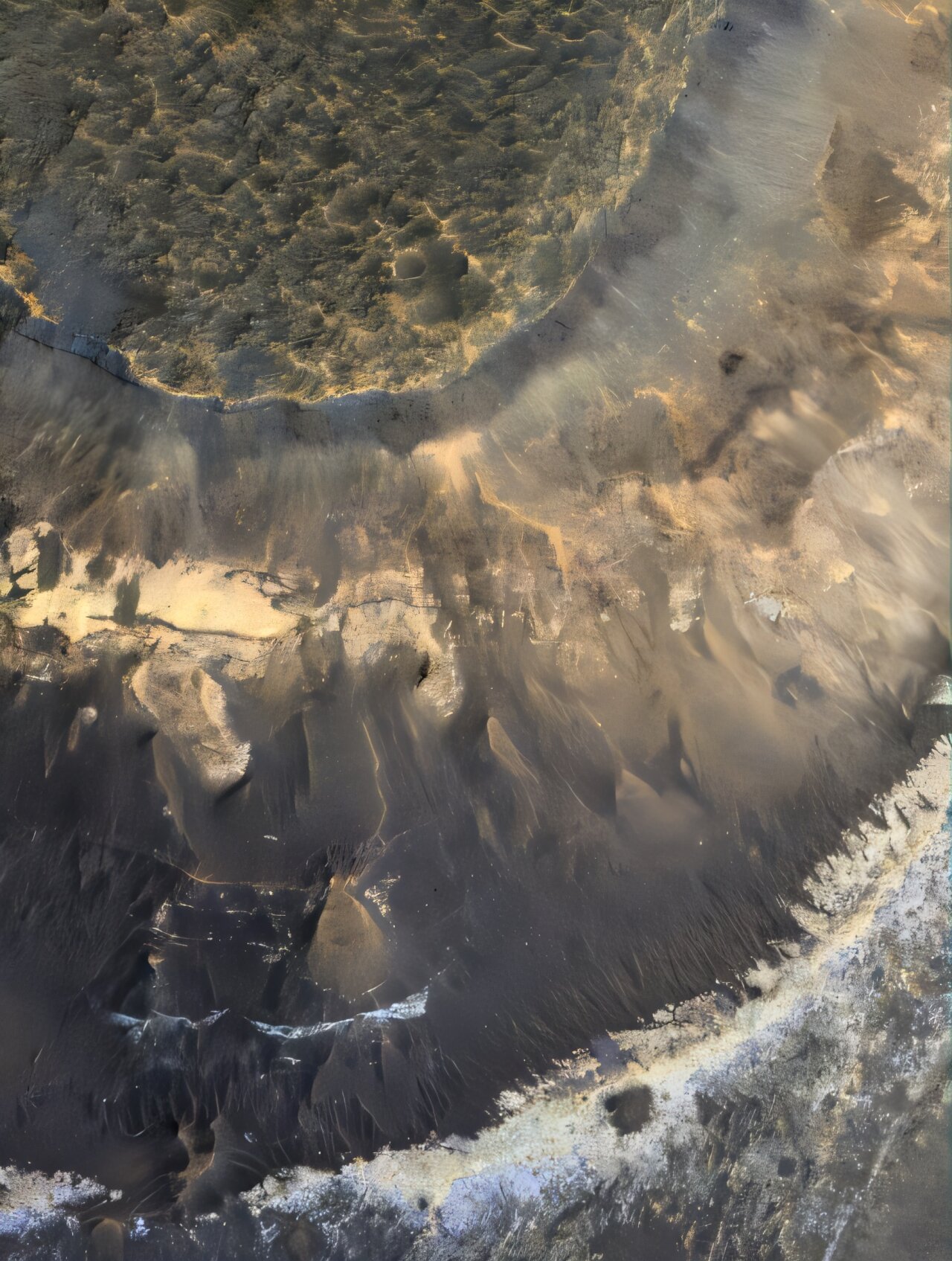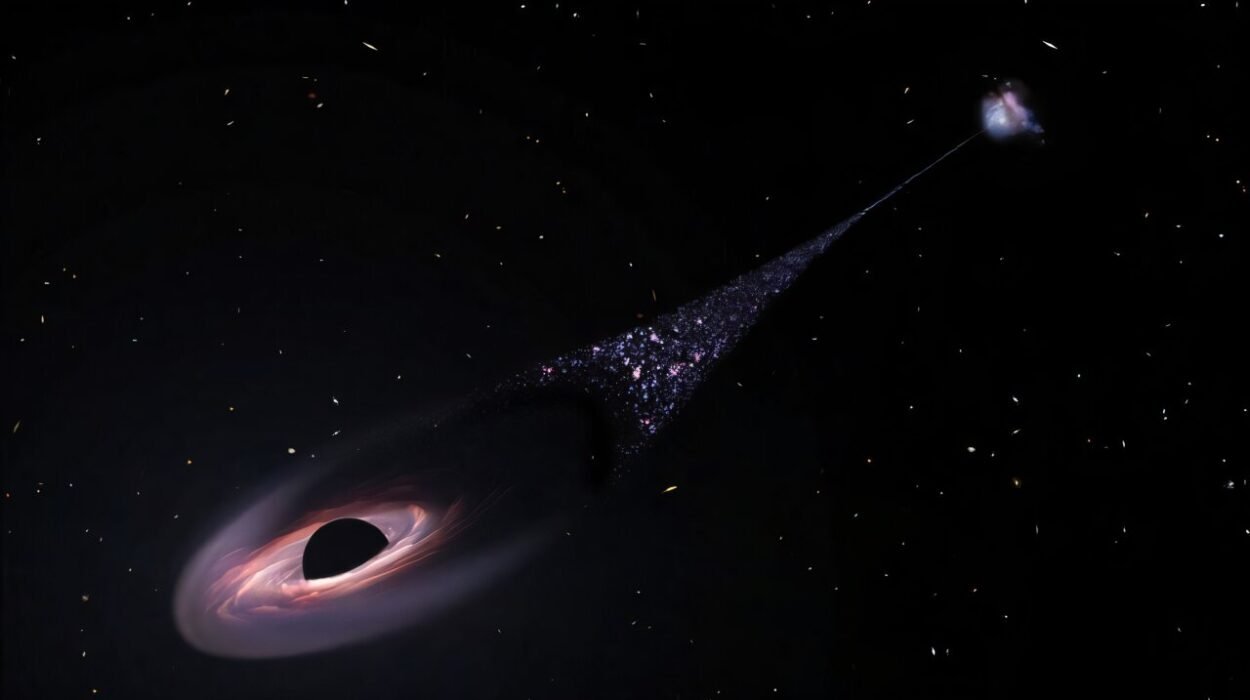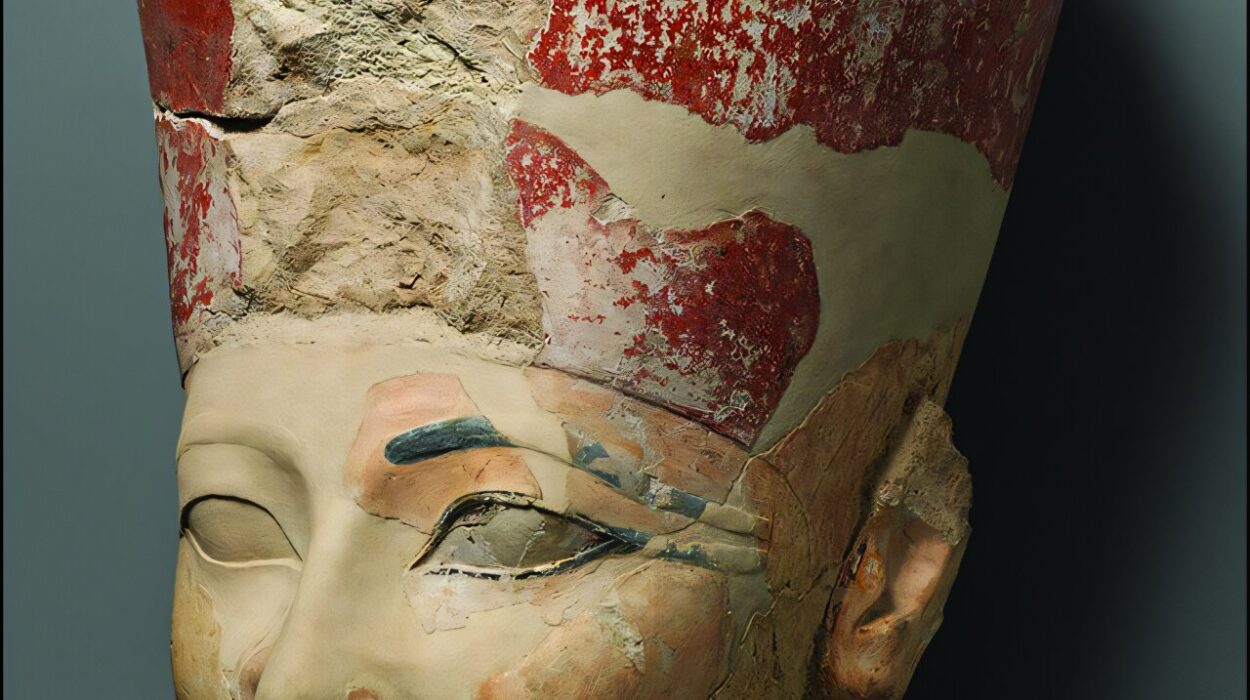Billions of years ago, long before Earth became home to forests and oceans, another planet may have been quietly fostering its own version of Eden. On Mars—now a frozen, dusty world—ancient rivers meandered, lakes shimmered under pink skies, and minerals slowly weathered into rich deposits of clay. These humble layers of clay, hundreds of feet thick in places, have whispered clues for decades. And now, thanks to a groundbreaking study published in Nature Astronomy, we are listening more closely than ever.
A team of scientists from The University of Texas at Austin has revealed that these thick Martian clays were likely formed in calm, standing bodies of water—environments that may have provided ideal conditions for the emergence of life. The findings shed new light on the red planet’s lost habitability and hint at a world more Earth-like than we ever imagined.
“This is a place where the climate was stable, the terrain was stable, and water was just sitting there,” said lead author Rhianna Moore, who conducted the research while a postdoctoral fellow at UT’s Jackson School of Geosciences. “That’s exactly the kind of environment you’d want for life to get its start.”
A Portrait of Mars When It Was Alive
Today, Mars is dry, cold, and harsh. Its thin atmosphere barely holds any heat, and liquid water can’t survive on the surface. But go back more than three billion years, and the planet paints a radically different picture. Vast networks of dried-up riverbeds and lake basins visible from orbit tell the story of a wetter Mars—a planet that may have once been blue, not red.
At the heart of this study lies one of the planet’s most intriguing features: thick clay layers that blanket parts of the Martian surface. On Earth, such clays usually form in humid environments where water lingers for long periods, weathering rock into fine, mineral-rich sediments. Could the same be true on Mars?
To find out, Moore turned to a powerful ally: NASA’s Mars Reconnaissance Orbiter (MRO), which has been circling Mars since 2006, capturing high-resolution images and analyzing its mineral composition. Moore focused on 150 clay-rich regions identified in MRO’s earlier global surveys. Her mission: to decipher where they formed, how they were shaped by the terrain, and what they reveal about ancient Martian environments.
Hidden Lakes and Gentle Shores
What she found was striking. Most of the clay deposits were located at low elevations—quiet basins that once held standing water. These areas sat near ancient lake beds, but away from the chaotic valley networks where water likely rushed and carved the land.
This pattern points to an extraordinary truth: the clays didn’t just form where water flowed, but where it lingered. They took shape in tranquil, stable environments, with just the right mix of water, minerals, and time. That kind of slow, steady chemical weathering is essential not just for forming clays, but for giving life a chance to begin.
“On Earth, the places where we see the thickest clays are in tropical regions—humid, calm, and not subject to intense erosion,” said Tim Goudge, co-author of the study and an assistant professor in the Jackson School’s Department of Earth and Planetary Sciences. “This study suggests something similar may have happened on Mars.”
These Martian oases may have lasted far longer than previously thought. Unlike Earth, which is constantly reshaped by tectonic forces, Mars is a world of geological stillness. That lack of tectonic activity means that once a landscape formed, it could remain unchanged for millions—or even billions—of years.
“If you have stable terrain, you’re not messing up your potentially habitable environments,” Moore said. “Favorable conditions might be able to be sustained for longer periods of time.”
A Climate Puzzle Beneath the Surface
But the study didn’t stop at ancient lakes and quiet clay. The findings also offer a compelling clue in one of Mars’ deepest mysteries: the strange absence of carbonate rocks.
On Earth, carbonate rocks like limestone form when carbon dioxide in the atmosphere reacts with water and rock—a process that helps regulate the climate over geological timescales. But on Mars, despite evidence of volcanic CO2 emissions and water, scientists have found very little carbonate. That absence has puzzled planetary geologists for decades.
This study offers a new hypothesis. The thick clays on Mars may have absorbed the water and locked away chemical byproducts before they could interact with the surrounding volcanic rock. Without this wider chemical reaction, carbonate rocks never formed in abundance.
“It’s probably one of many factors that’s contributing to this weird lack of predicted carbonates on Mars,” Moore explained.
And because Mars lacks tectonic recycling, new rock wasn’t being brought to the surface to continue the reaction. Instead, the carbon dioxide may have lingered in the atmosphere, warming the planet further and helping create the conditions that allowed the clay to form.
It’s a self-reinforcing cycle—one that made Mars warm and wet enough to form these clays, but ultimately may have led to its downfall by sequestering the very elements needed to stabilize the climate long-term.
Lessons from a Distant Shore
While Moore’s work now continues at NASA as part of the Artemis mission team, her research on Mars echoes with implications far beyond one planet. It’s part of a larger effort by UT’s Center for Planetary Systems Habitability to understand what makes worlds livable—and what makes them lose that ability.
The answer might not be as simple as “water equals life.” It could depend on terrain, climate stability, mineral cycles, and a delicate interplay of chemistry that allows habitability to persist long enough for life to take hold.
“We’re not just asking whether there was water,” Goudge said. “We’re asking what kind of water, where it went, how long it stayed—and what kind of world it made.”
This kind of research doesn’t just reshape our understanding of Mars. It reframes how we think about Earth. On our own planet, tectonic plates churn beneath our feet, bringing fresh rock to the surface, absorbing carbon, and stabilizing climate in the background of every living moment. Mars reminds us what happens when that system stops.
And as humanity prepares to send astronauts back to the Moon and eventually to Mars, these insights could help us understand what kind of world we’ll be stepping into—and what secrets it still holds beneath its red dust.
Because somewhere, in a basin once filled with water and bathed in sunlight, the ingredients for life may have quietly assembled—only to be frozen in time for us to find, half a billion years later.
Reference: Rhianna D. Moore et al, Deep chemical weathering on ancient Mars landscapes driven by erosional and climatic patterns, Nature Astronomy (2025). DOI: 10.1038/s41550-025-02584-w






